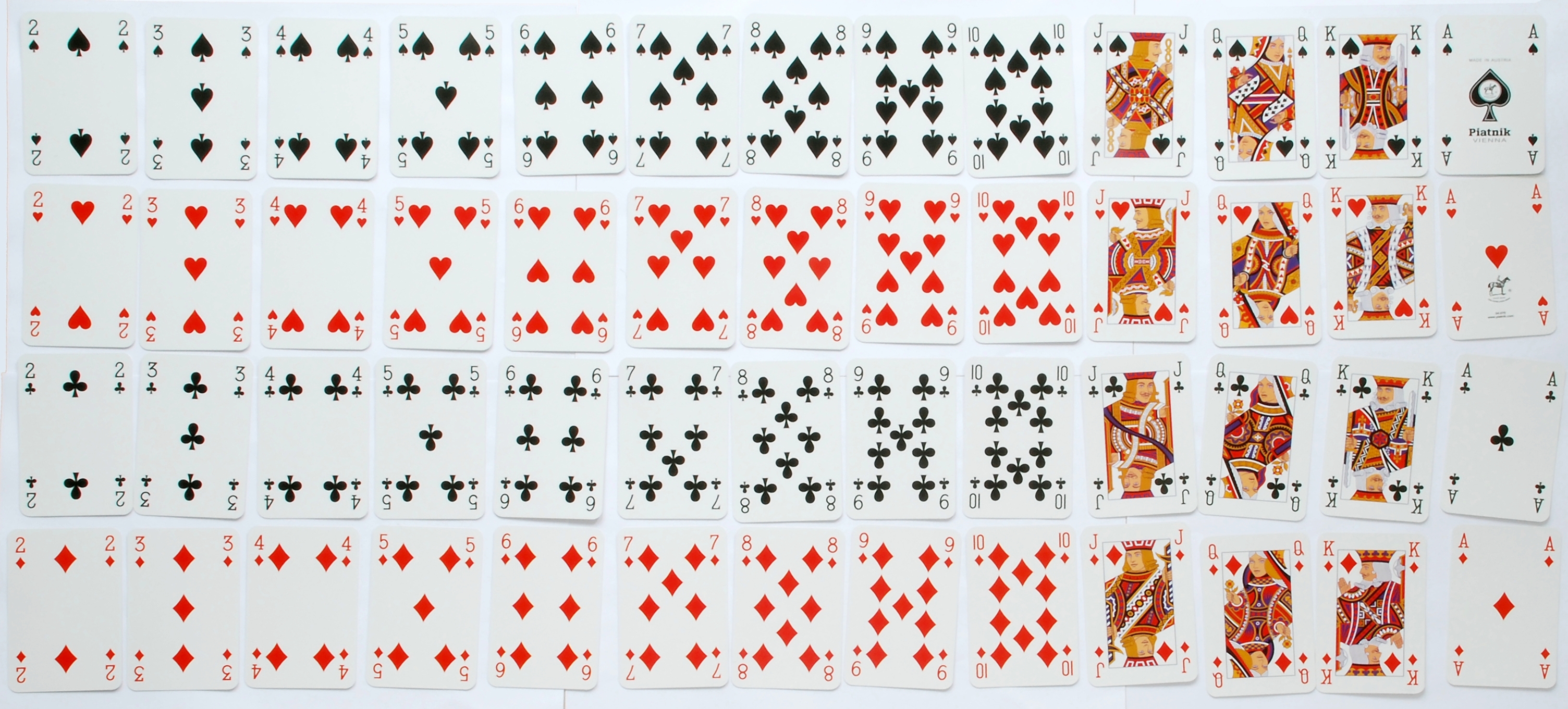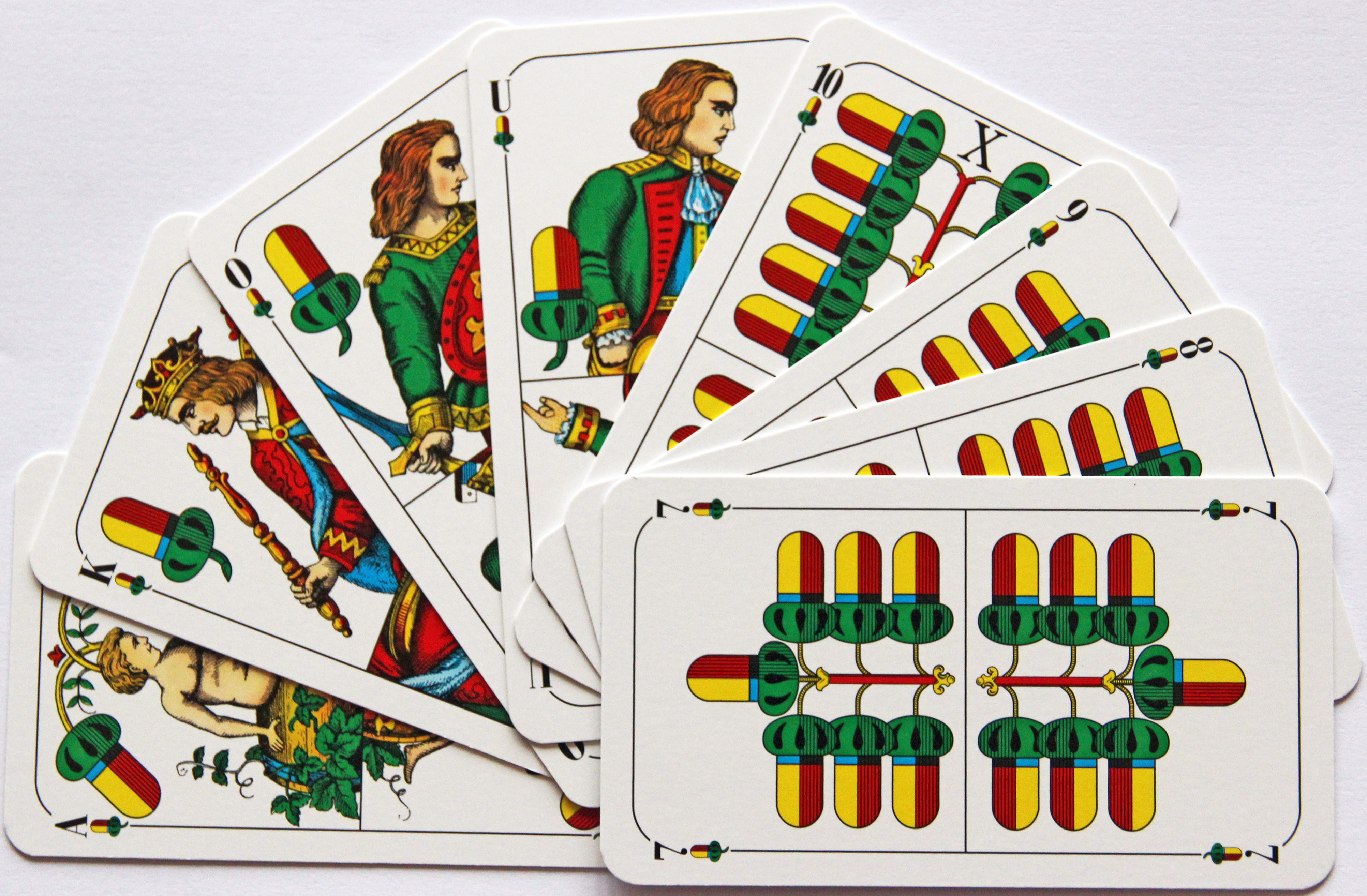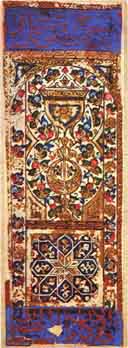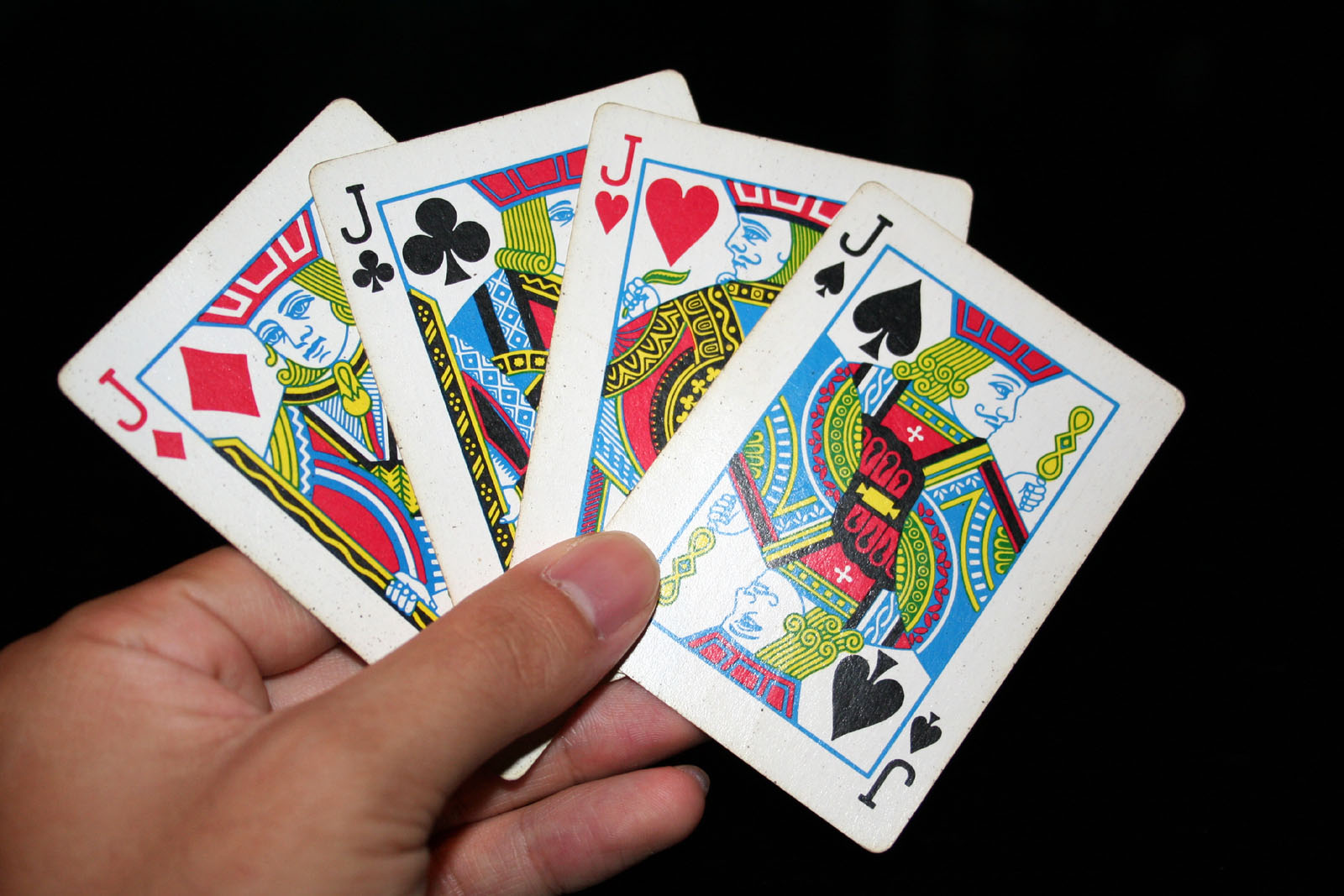|
Cuckoo (card Game)
Ranter Go Round is a primitive, traditional, English gambling game and children's game using playing cards that also nowadays goes under the name of Chase the Ace. In America it is usually recorded in the literature as Ranter Go Round (rarely is it hyphenated), but is also sometimes called Screw Your Neighbor which, however, is an alternative name used for at least four other quite different card games. A similar game is known in most European countries as Cuckoo; it originated in 16th-century France and developed into the French game of Coucou. Ranter Go Round is related to the dedicated pack card or tile games of Gnav and Killekort. History Ranter Go Round is described as early as 1881. The game "is said to have been first played in Cornwall,"''Cassell's Book of Sports and Pastimes'' (1882), pp. 869–870. although its rules are almost identical to French Coucou ("Cuckoo") which itself goes back to the 15th century and there are other European games of the same family play ... [...More Info...] [...Related Items...] OR: [Wikipedia] [Google] [Baidu] |
French-suited Pack
French-suited playing cards or French-suited cards are cards that use the French suits of (clovers or clubs ), (tiles or diamonds ), (hearts ), and (pikes or spades ). Each suit contains three or four face/court cards. In a standard 52-card deck these are the ( knave or jack), the ( lady or queen), and the (king). In addition, in Tarot packs, there is a (knight) ranking between the queen and the jack. Aside from these aspects, decks can include a wide variety of regional and national patterns, which often have different deck sizes. In comparison to Spanish, Italian, German, and Swiss playing cards, French cards are the most widespread due to the geopolitical, commercial, and cultural influence of France, the United Kingdom, and the United States in the 19th and 20th centuries. Other reasons for their popularity were the simplicity of the suit insignia, which simplifies mass production, and the popularity of whist and contract bridge. The English patte ... [...More Info...] [...Related Items...] OR: [Wikipedia] [Google] [Baidu] |
Playing Cards
A playing card is a piece of specially prepared card stock, heavy paper, thin cardboard, plastic-coated paper, cotton-paper blend, or thin plastic that is marked with distinguishing motifs. Often the front (face) and back of each card has a Paper#Finishing, finish to make handling easier. They are most commonly used for playing card games, and are also used in magic tricks, cardistry, card throwing, and house of cards, card houses; cards may also be collected. Playing cards are typically palm-sized for convenient handling, and usually are sold together in a set as a deck of cards or pack of cards. The most common type of playing card in the West is the French-suited, standard 52-card pack, of which the most widespread design is the English pattern, followed by the Belgian-Genoese pattern. However, many countries use other, traditional types of playing card, including those that are German-suited, German, Italian-suited, Italian, Spanish-suited, Spanish and Swiss-suited. Tarot ca ... [...More Info...] [...Related Items...] OR: [Wikipedia] [Google] [Baidu] |
Stock (cards)
In card games, a talon (; French for "heel") is a stack of undealt cards that is placed on the table to be used during the game. Depending on the game or region, they may also be referred to as the blind, kitty, skat, stock, tapp or widow (US). Description In 1909, Meyers Konversations-Lexikon, Meyers Lexicon described the talon as ''"the cards left over after dealing..."'' In games of chance, such as Pharo (card game), Pharo, it is ''"the stock of cards which the banker draws on"''. The talon is usually a pack of cards, placed face down, in the middle of the card table. In other games, there are however very different variations, for example in Königrufen. Talons may be placed face up or face down. Parlett describes a ''kitty'' as "the pool or pot being played for" or "a dead hand or widow". He also equates ''talon'' to ''stock'' as the "cards which are not dealt initially but may be drawn from or dealt out later in the play".Parlett, David. ''The Penguin Book of Card Games'' ... [...More Info...] [...Related Items...] OR: [Wikipedia] [Google] [Baidu] |
Cutting (cards)
In card games, to cut the cards (also "cut the deck" or "cut the pack") is to split the deck into two packets by lifting one packet from the top and placing it face down next to the remaining cards beneath it. The lower packet is then placed on top of it. This is typically done after the cards have already been shuffled, and the procedure is used just prior to the cards being dealt to the players. The aim of this is to reduce the possibility of cheating, for example, by knowing the top or bottom card. Cutting the cards is also a common way of determining the seating order at a card table, the partnerships or the first dealer. Purpose The practice of cutting is primarily a method of reducing the likelihood of someone cheating by manipulating the order of cards to gain an advantage. Even if the dealer (or the shuffler, if they are not the dealer) does not plan on cheating, cutting will prevent suspicions, thus many rules require it. Some players also consider the cut to be luc ... [...More Info...] [...Related Items...] OR: [Wikipedia] [Google] [Baidu] |
Eldest Hand
Card players are those participating in a Card game#Hands, rounds and games, card game. Various names are given to card players based on their role or position. Position Games of Anglo-American origin In games of Anglo-American origin played in English-speaking countries, age refers to the order of priority in which players make the first lead, bid or bet, based on their position at the table.''The Language of Cards'' at www.parlettgames.uk. Retrieved 4 August 2018 This changes constantly as the dealer rotates either clockwise or anticlockwise around the table. They are traditionally referred to as follows: ; Eldest hand (or elder hand): the player who enjoys greatest priority and e.g. is the first to receive cards in the deal. Elder is the non-dealer in two-hand games. ; Youngest hand (or younger han ... [...More Info...] [...Related Items...] OR: [Wikipedia] [Google] [Baidu] |
Play (cards)
The following is a glossary of terms used in card games. Besides the terms listed here, there are thousands of common and uncommon slang terms. Terms in this glossary should not be game-specific (e.g. specific to Bridge (card game), bridge, Hearts (card game), hearts, Poker (card game), poker or rummy), but apply to a wide range of card games played with non-proprietary packs. It should not include terms solely related to casino or banking games. For glossaries that relate primarily to one game or family of similar games, see #Game-specific glossaries, Game-specific glossaries. A ; ace # The card with one pip in a pack of cards. Usually the highest card of a #suit, suit, #rank, ranking immediately above the #King, king. May also occupy the lowest rank. # Commonly refers to the #deuce, Deuce or Two in #German-suited pack, German-suited packs which don't have real Aces. Often the highest card of a suit. ; Acorns (card suit), acorns : One of the four #suit, suits in a #German ... [...More Info...] [...Related Items...] OR: [Wikipedia] [Google] [Baidu] |
Deal (cards)
A card game is any game that uses playing cards as the primary device with which the game is played, whether the cards are of a traditional design or specifically created for the game (proprietary). Countless card games exist, including families of related games (such as poker). A small number of card games played with traditional decks have formally standardized rules with international tournaments being held, but most are folk games whose rules may vary by region, culture, location or from circle to circle. Traditional card games are played with a ''deck'' or ''pack'' of playing cards which are identical in size and shape. Each card has two sides, the ''face'' and the ''back''. Normally the backs of the cards are indistinguishable. The faces of the cards may all be unique, or there can be duplicates. The composition of a deck is known to each player. In some cases several decks are shuffled together to form a single ''pack'' or ''shoe''. Modern card games usually have bespo ... [...More Info...] [...Related Items...] OR: [Wikipedia] [Google] [Baidu] |
Ante (cards)
The following is a glossary of terms used in card games. Besides the terms listed here, there are thousands of common and uncommon slang terms. Terms in this glossary should not be game-specific (e.g. specific to Bridge (card game), bridge, Hearts (card game), hearts, Poker (card game), poker or rummy), but apply to a wide range of card games played with non-proprietary packs. It should not include terms solely related to casino or banking games. For glossaries that relate primarily to one game or family of similar games, see #Game-specific glossaries, Game-specific glossaries. A ; ace # The card with one pip in a pack of cards. Usually the highest card of a #suit, suit, #rank, ranking immediately above the #King, king. May also occupy the lowest rank. # Commonly refers to the #deuce, Deuce or Two in #German-suited pack, German-suited packs which don't have real Aces. Often the highest card of a suit. ; Acorns (card suit), acorns : One of the four #suit, suits in a #German ... [...More Info...] [...Related Items...] OR: [Wikipedia] [Google] [Baidu] |
Counter (cards)
The following is a glossary of terms used in card games. Besides the terms listed here, there are thousands of common and uncommon slang terms. Terms in this glossary should not be game-specific (e.g. specific to bridge, hearts, poker or rummy), but apply to a wide range of card games played with non-proprietary packs. It should not include terms solely related to casino or banking games. For glossaries that relate primarily to one game or family of similar games, see Game-specific glossaries. A ; ace # The card with one pip in a pack of cards. Usually the highest card of a suit, ranking immediately above the king. May also occupy the lowest rank. # Commonly refers to the Deuce or Two in German-suited packs which don't have real Aces. Often the highest card of a suit. ; acorns : One of the four suits in a German-suited pack of cards. Symbol: ; active # A card that is in play i.e. not sleeping. # See active player. ; active player # A player who receives car ... [...More Info...] [...Related Items...] OR: [Wikipedia] [Google] [Baidu] |
Hand (cards)
A card game is any game that uses playing cards as the primary device with which the game is played, whether the cards are of a traditional design or specifically created for the game (proprietary). Countless card games exist, including families of related games (such as poker). A small number of card games played with traditional decks have formally standardized rules with international tournaments being held, but most are folk games whose rules may vary by region, culture, location or from circle to circle. Traditional card games are played with a ''deck'' or ''pack'' of playing cards which are identical in size and shape. Each card has two sides, the ''face'' and the ''back''. Normally the backs of the cards are indistinguishable. The faces of the cards may all be unique, or there can be duplicates. The composition of a deck is known to each player. In some cases several decks are shuffled together to form a single ''pack'' or ''shoe''. Modern card games usually have bespo ... [...More Info...] [...Related Items...] OR: [Wikipedia] [Google] [Baidu] |
Jack (playing Card)
A Jack or Knave, in some games referred to as a Bower, in Tarot card games as a Valet, is a playing card which, in traditional French and English decks, pictures a man in the traditional or historic aristocratic or courtier dress generally associated with Europe of the 16th or 17th century. The usual rank of a jack is between the ten and the queen. The Jack corresponds to the Unter in German and Swiss-suited playing cards. History The earliest predecessor of the knave was the (second or under-deputy) in the Mamluk card deck. This was the lowest of the three court cards, and, like all court cards, was depicted via abstract art or calligraphy. When brought over to Italy and Spain, the was made into the fante (an infantry soldier) and the sota (a page, which ranks below the knight card) respectively. In France, where the card was called the valet, the queen was inserted between the king and the knight. The knight was subsequently dropped out of non-Tarot decks, leaving the ... [...More Info...] [...Related Items...] OR: [Wikipedia] [Google] [Baidu] |
Dealing (cards)
A card game is any game that uses playing cards as the primary device with which the game is played, whether the cards are of a traditional design or specifically created for the game (proprietary). Countless card games exist, including families of related games (such as poker). A small number of card games played with traditional decks have formally standardized rules with international tournaments being held, but most are folk games whose rules may vary by region, culture, location or from circle to circle. Traditional card games are played with a ''deck'' or ''pack'' of playing cards which are identical in size and shape. Each card has two sides, the ''face'' and the ''back''. Normally the backs of the cards are indistinguishable. The faces of the cards may all be unique, or there can be duplicates. The composition of a deck is known to each player. In some cases several decks are shuffled together to form a single ''pack'' or ''shoe''. Modern card games usually have bespok ... [...More Info...] [...Related Items...] OR: [Wikipedia] [Google] [Baidu] |









